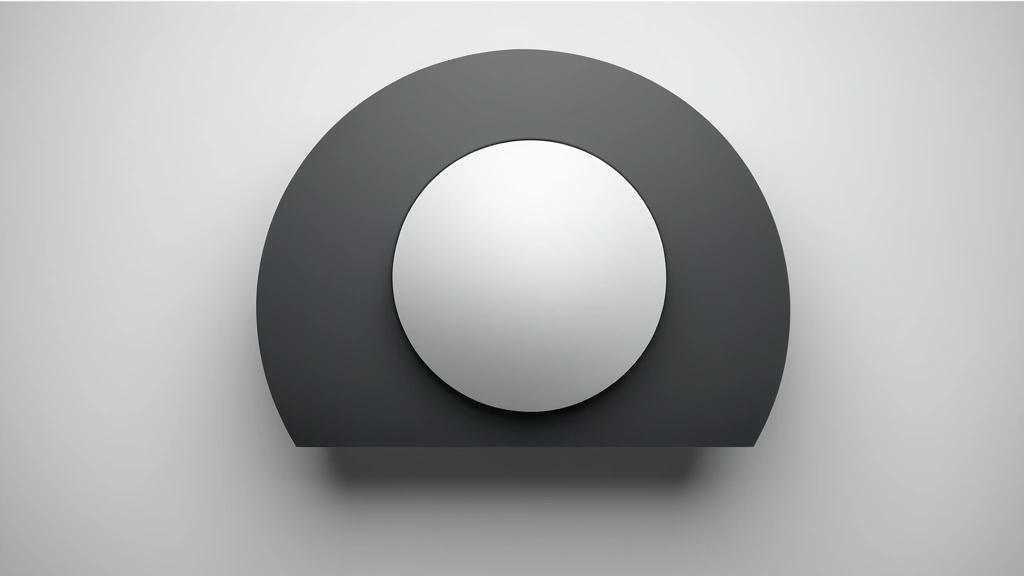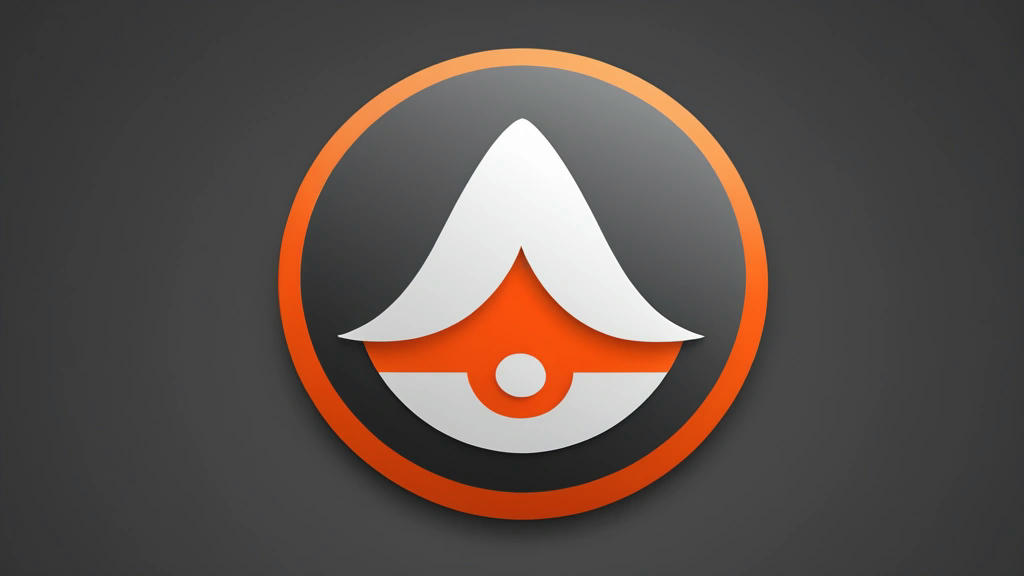In the world of Linux, the choice of desktop environment can significantly impact your user experience. Three of the most prominent desktop environments are GNOME, KDE, and the various iterations of Ubuntu's custom environments. Each offers a unique approach to usability, aesthetics, and functionality. This article delves into the intricacies of these environments, exploring their strengths, weaknesses, and the philosophies that drive their development.
GNOME: Simplicity and Elegance
GNOME, short for GNU Network Object Model Environment, is one of the most widely used desktop environments in the Linux world. Known for its simplicity and clean design, GNOME aims to provide a distraction-free computing experience.
Philosophy and Design
GNOME's design philosophy centers around minimalism and ease of use. The developers prioritize a clean interface with minimal clutter, making it an excellent choice for users who prefer a straightforward and intuitive experience. The GNOME Shell, the core user interface, features a single panel at the top of the screen, an Activities Overview for managing windows and applications, and a focus on keyboard shortcuts for efficient navigation.
Strengths
Simplicity: GNOME's interface is designed to be simple and easy to use, making it accessible to new users.
Consistency: The design language is consistent across applications, providing a cohesive user experience.
Productivity: The Activities Overview and keyboard shortcuts enhance productivity by allowing quick access to applications and workspaces.
Weaknesses
Resource Usage: GNOME can be resource-intensive, which may not be ideal for older or less powerful hardware.
Customization: While GNOME's simplicity is a strength, it also means fewer customization options compared to other environments.
KDE: Power and Customization
KDE, or the K Desktop Environment, is known for its powerful features and extensive customization options. KDE Plasma, the latest iteration, offers a highly configurable and visually appealing desktop experience.
Philosophy and Design
KDE's philosophy revolves around providing users with control and flexibility. The environment is designed to be highly customizable, allowing users to tailor their desktop to their specific needs and preferences. KDE Plasma features a traditional desktop layout with a bottom panel, a start menu, and a system tray, but almost every aspect of the interface can be modified.
Strengths
Customization: KDE offers unparalleled customization options, allowing users to tweak almost every aspect of the desktop.
Features: KDE is packed with features, from advanced window management to integrated applications like the Dolphin file manager and the Konsole terminal.
Performance: Despite its rich feature set, KDE Plasma is optimized for performance and can run efficiently on a wide range of hardware.
Weaknesses
Complexity: The extensive customization options can be overwhelming for new users.
Consistency: The high level of customization can lead to inconsistencies in the user experience if not managed carefully.
Ubuntu's Custom Environments: Unity and Beyond
Ubuntu, one of the most popular Linux distributions, has experimented with various desktop environments over the years. From the Unity desktop to the current GNOME-based Ubuntu Desktop, Ubuntu's approach has evolved to balance usability and innovation.
Philosophy and Design
Ubuntu's design philosophy has always been about making Linux accessible to the masses. The Unity desktop, introduced in 2010, was a bold attempt to create a unique and user-friendly interface. However, in 2017, Ubuntu switched back to a GNOME-based desktop, customizing it to retain some of Unity's features while embracing GNOME's simplicity and elegance.
Strengths
User-Friendly: Ubuntu's desktop environments are designed to be user-friendly, making them a great choice for newcomers to Linux.
Integration: Ubuntu's customizations to GNOME provide a unique blend of features and usability, integrating well with the overall Ubuntu ecosystem.
Community Support: As one of the most popular Linux distributions, Ubuntu benefits from a large and active community, providing extensive support and resources.
Weaknesses
Identity: The switch from Unity to GNOME has led to some identity confusion, as users adjust to the changes.
Resource Usage: Like GNOME, Ubuntu's GNOME-based desktop can be resource-intensive, which may not be ideal for all hardware configurations.
Conclusion: Choosing the Right Environment
Choosing the right desktop environment ultimately depends on your personal preferences and needs. GNOME offers a clean and simple interface, ideal for users who value minimalism and productivity. KDE provides extensive customization options and powerful features, catering to users who want control over their desktop experience. Ubuntu's custom environments strike a balance between usability and innovation, making them a great choice for newcomers and those who appreciate a polished user experience.
Each environment has its strengths and weaknesses, and the best way to find the right fit is to try them out and see which one resonates with you. Whether you prioritize simplicity, customization, or a user-friendly experience, the Linux ecosystem offers a desktop environment that can meet your needs.



